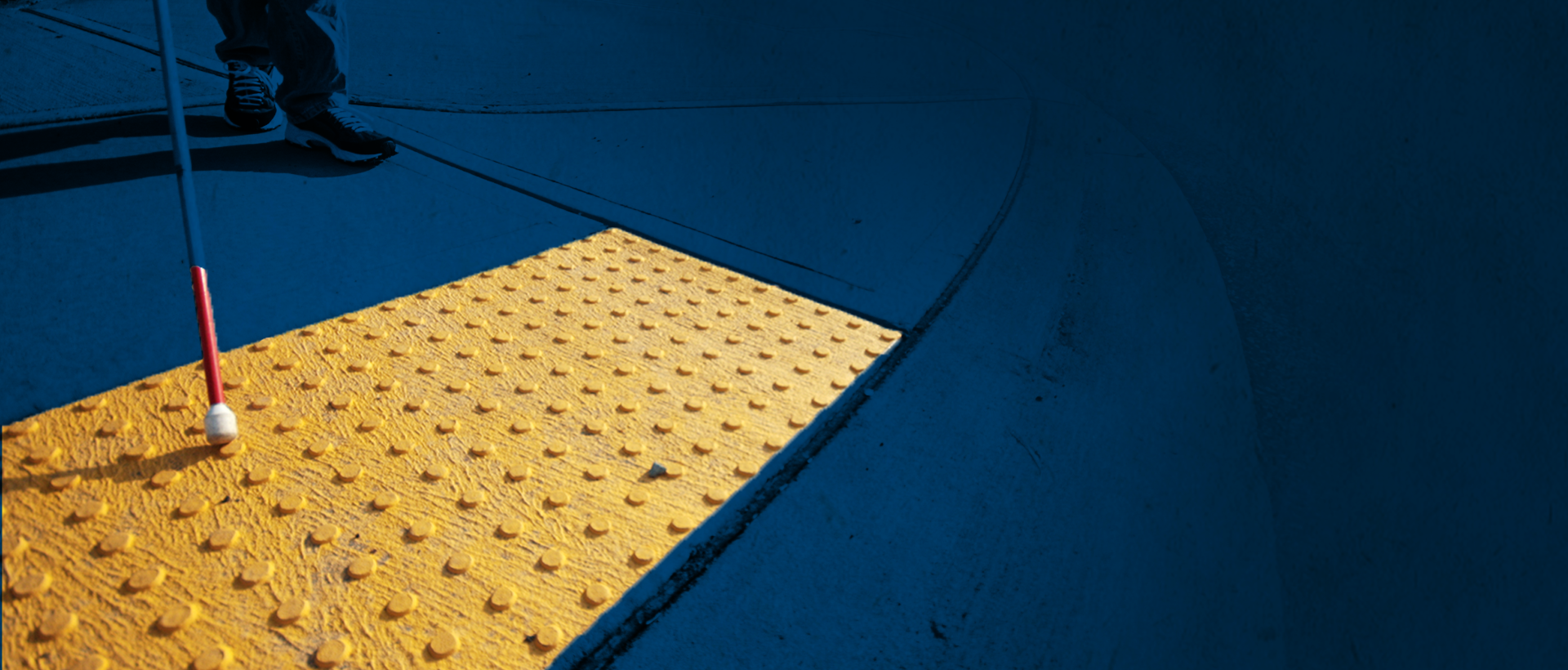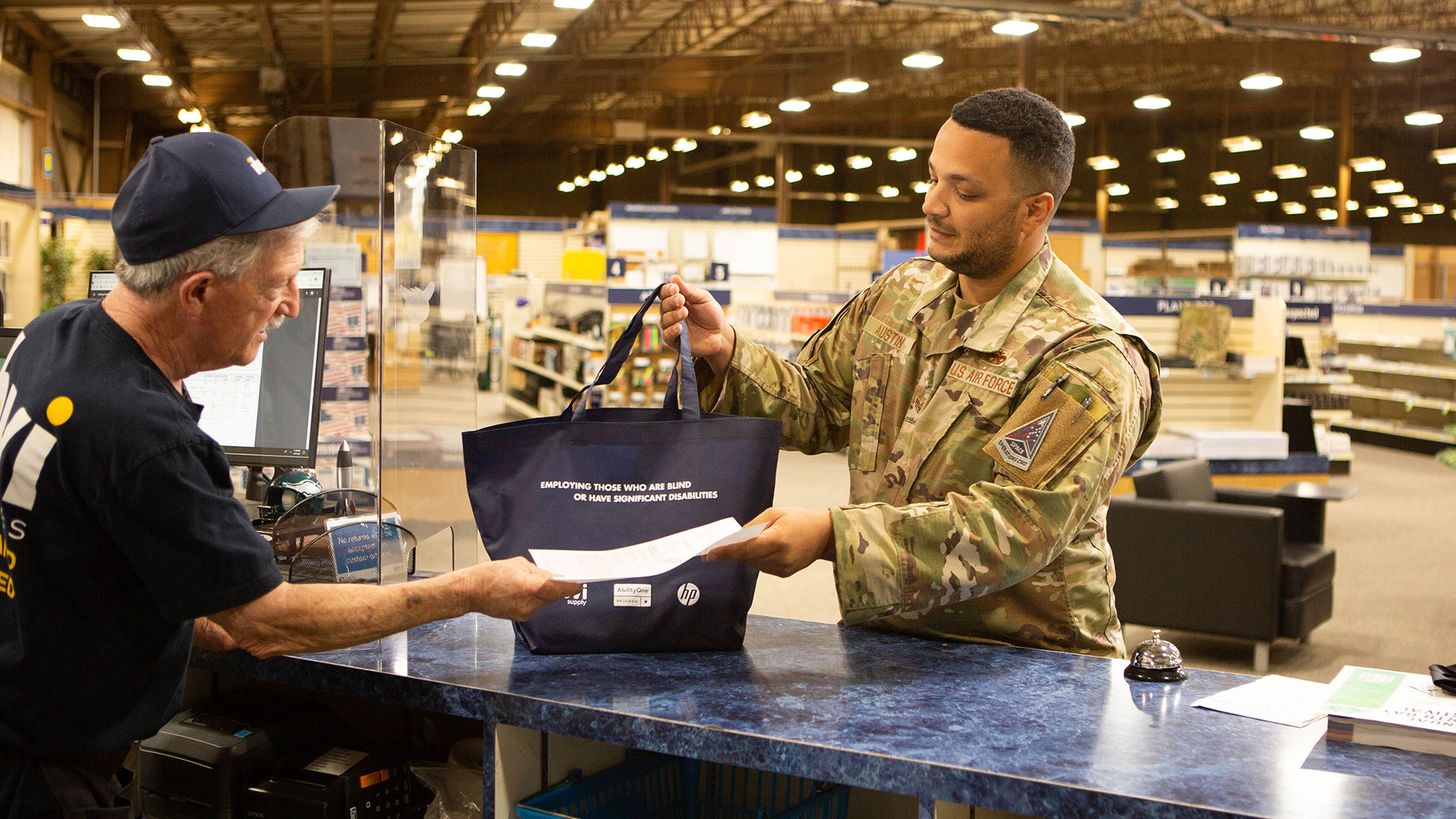Tenji blocks help guide the visually impaired on streets and sidewalks through tactile feedback and bright colors
If you ever visit Japan, within minutes of exiting the airport, you’ll most likely notice (or walk on) sections of the sidewalk that have yellow-painted bumps. Continue to walk around and you’ll quickly realize these yellow, tactile blocks are everywhere—but what are they for? Some people might think they’re only for traction, but they’re primarily for helping those who are blind or visually impaired. While major cities in countries like the United States started incorporating these concepts into urban planning a few decades ago, tactile paving began in Japan during the late 1960s.
Because of a friend who was beginning to develop a visual impairment, a Japanese engineer named Seiichi Miyake invested his own money to create the first tactile pavers in 1965. His idea was to create blocks with differing tactile patterns, such as raised dots to warn of hazards or raised strips to indicate a safe direction, to allow people who are visually impaired to read the ground with their feet or a cane. These pavers are called now tenji blocks—literally translating to “braille block”—and are painted a bright yellow to be more visible to those with varying levels of impairment.
Tenji blocks were first installed in Okayama City in 1967, then mandated for nationwide use in 1985. However, this led to inconsistent ideas that weren’t uniform across different cities and prefectures which caused confusion for many visually impaired people. In 2001, the country employed experts to conduct experiments to create a national industrial standard for tactile paving.
One of the big reasons for the spread of tenji blocks across the country before standardization was because the Japanese National Railway (the government-owned predecessor to the current operator of most of Japan’s railway network, the JR Group) adopted horizontal tactile paving along station platforms to help caution visually impaired people. In addition to using tenji blocks to alert individuals to potential hazards, directional tenji blocks are used to help guide people. Today, transit facilities must install directional tenji blocks to help guide passengers from the station entrance to the boarding area. Larger buildings (2,000 square meters or more) such as schools, hospitals, government buildings, hotels, and department stores are required by law to install tenji blocks near stairs, escalators, and major pathways, and some must install tenji blocks both inside and outside their facilities.
Because of Japan’s success, the use of tenji blocks has spread across the globe. Now, almost all sidewalks and pedestrian crossings in Japan feature tenji blocks and serve as a shining example of how the public sphere can be made more accessible for the visually impaired.
SOURCES:


